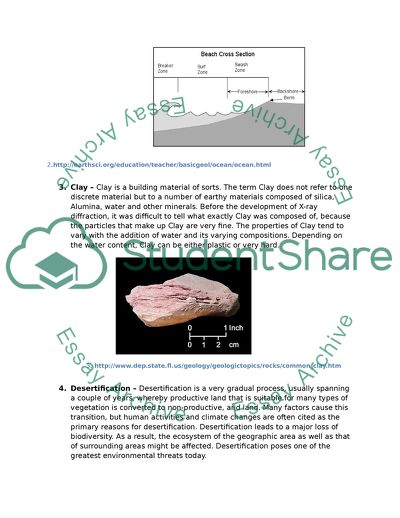Cite this document
(Glossary of Geological Terms Article Example | Topics and Well Written Essays - 2000 words, n.d.)
Glossary of Geological Terms Article Example | Topics and Well Written Essays - 2000 words. https://studentshare.org/physics/1767925-lexicon
Glossary of Geological Terms Article Example | Topics and Well Written Essays - 2000 words. https://studentshare.org/physics/1767925-lexicon
(Glossary of Geological Terms Article Example | Topics and Well Written Essays - 2000 Words)
Glossary of Geological Terms Article Example | Topics and Well Written Essays - 2000 Words. https://studentshare.org/physics/1767925-lexicon.
Glossary of Geological Terms Article Example | Topics and Well Written Essays - 2000 Words. https://studentshare.org/physics/1767925-lexicon.
“Glossary of Geological Terms Article Example | Topics and Well Written Essays - 2000 Words”. https://studentshare.org/physics/1767925-lexicon.


